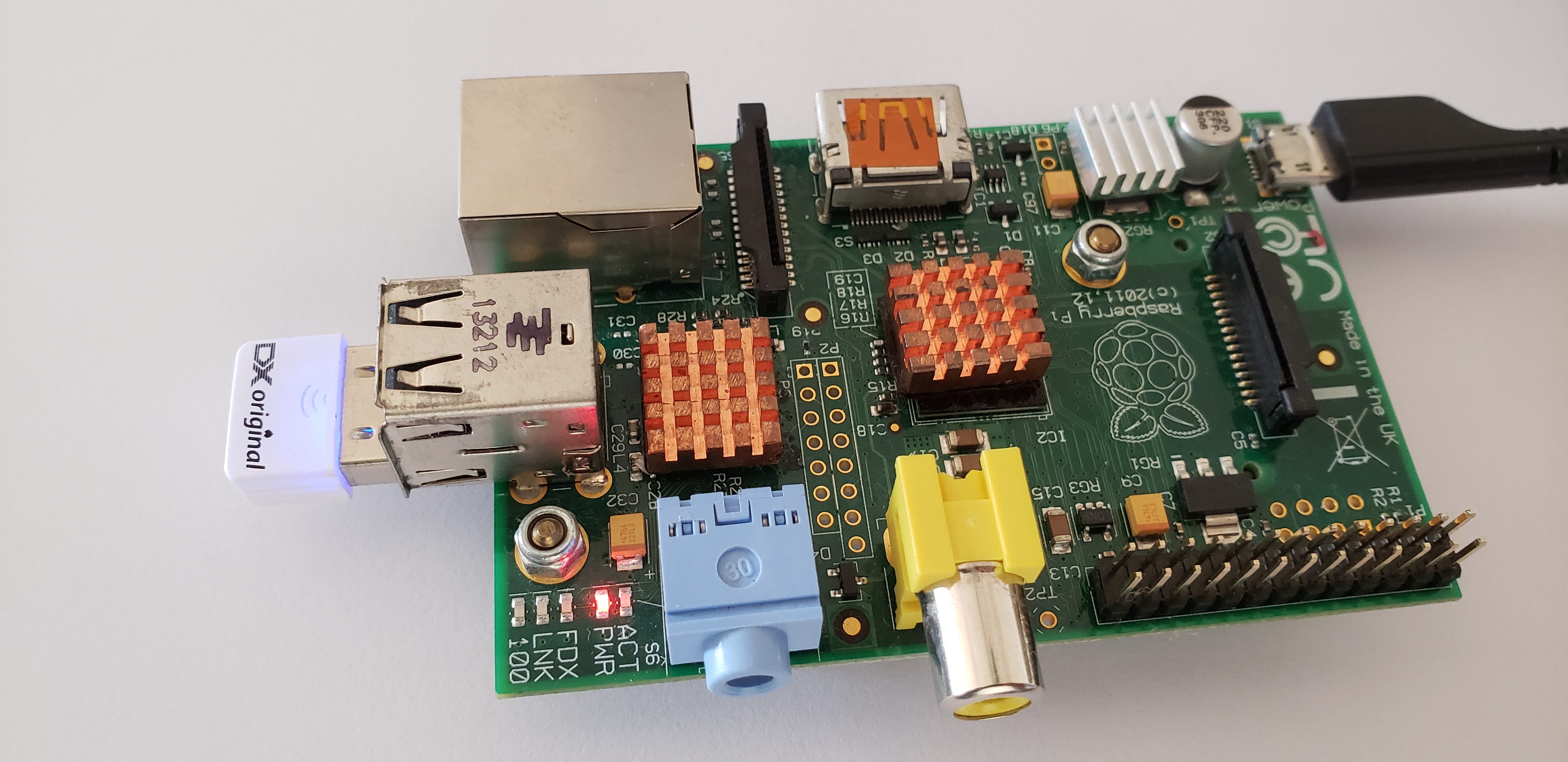
We’ve centralized users management and included incredible features such as LDAP-as-a-Service, True Single Sign-On™, RADIUS-as-a-Service, device management, multi-factor authentication, and more. And, if you would like to leverage JumpCloud’s cloud-based directory service for the rest of your organization, please take a look. Give passwordless sudo a try on some of your servers and see if it helps ease some of the pain around your user management functions. In cases where automated processes are logging in and executing processes or commands, a passwordless sudo option is an excellent feature to have. That approach is ideal for key servers and situations where security is critical. Add ALL (ALL) NOPASSWD: ALL line to your username (or for any other user) so your user could run all commands without password. Display current sudo privilege for your user.
PASSWORDLESS SUDO PASSWORD
This created a strong multi-factor auth of sorts with something you had (keys) and something you knew (password). Steps to use sudo without password in Linux: Launch your favorite terminal application.


JumpCloud’s initial functionality was to require a password to sudo into the box even if keys were present. To modify /etc/sudoers you can use any command-line editor or GUI text editor, but I advise you to use visudo, which is specifically used to modify the sudoers file. While sudo into a box is a more secure mechanism, passwordless sudo may actually be necessary – often for service accounts that run as root. A sudo utility has a configuration file that is located in /etc/sudoers, and it is wholly responsible for maintaining sudo records. We were asked to include the ability to sudo without a password into servers.

This means that root has no password set, and the account created. We recently had a feature request for our Directory-as-a-Service® platform on a topic that we had just discussed here on the blog. Non-root user With 2020.1 Kali has swapped to a privileged non-root user by default.


 0 kommentar(er)
0 kommentar(er)
